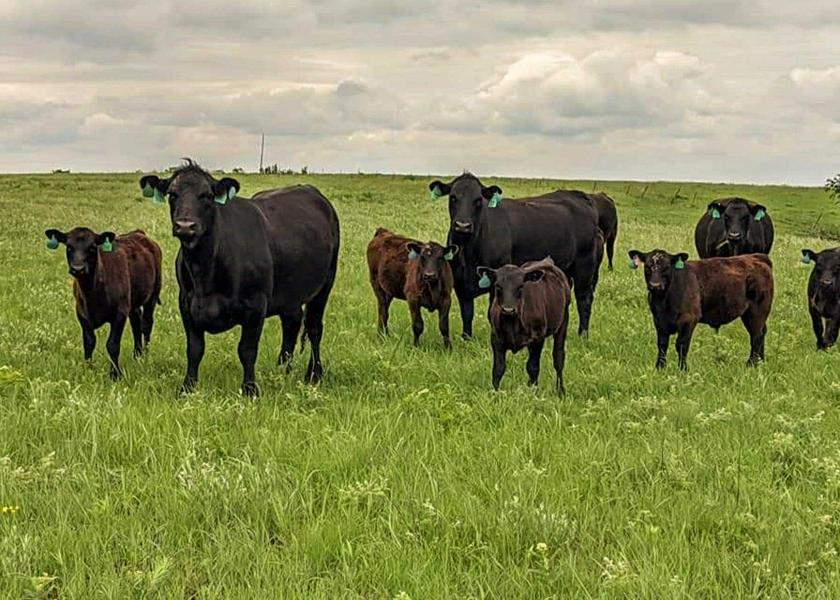Nalivka: USDA Discontinuing its Mid-year Cattle Inventory

USDA announced this week it will discontinue the July 1 Cattle Inventory report. The opinions on this decision, including a statement by NCBA, all agree that the report should not be dropped indicating that it is necessary information for the market. I do not agree.
Before USDA changed the January 1 Cattle Inventory survey to include the number of “replacement heifers expected to calve,” there was only the survey number of replacement heifers with no indication as to whether they were bred. In the current report, the new category would provide this information. Prior to this new category of bred heifers, I used the number of “cows and heifers that calved” in the July 1 report to infer how many of the “replacement heifers” on the January 1 report were bred and did calve. This would then provide some indication of cattlemen’s motivation to build herds in the prior year. I emphasize the words “some indication.” The USDA reports are not an exact science of data collection and should not be treated as such. We have to take the information from all reports, reported and/or surveyed, and use it accordingly in our analysis. Market analysis is concerned with numbers plus industry experience to arrive at conclusions or opinions. Forty years of market analysis tells me this!
I have no problem with the USDA discontinuing the July Cattle Inventory. Yes, it did provide a first indication of the current year’s calf crop, but that number is by no means the best estimate. However, that is a first estimate. There are statistical ways to get to a number that is generally a pretty fair assessment of the calf crop – calf crop percentage and likely heifer retention rate. Numbers (good or bad) if taken at face value can be misleading and lead to wrong conclusions.
I know that everyone has an opinion about the reports. I have mine. I have written about issues I have with the monthly Cattle on Feed reports. I am fine with not having the Mid-Year Cattle Inventory. I don’t think it has an impact on my analysis of the cattle cycle. Cattlemen will make decisions and more often than not, those decisions will not necessarily be reflected in a USDA report. And, that’s not a criticism of the report. Perhaps, USDA could use the money saved from not publishing the Mid-Year Cattle Inventory and use that it to improve the Cattle on Feed Report!







